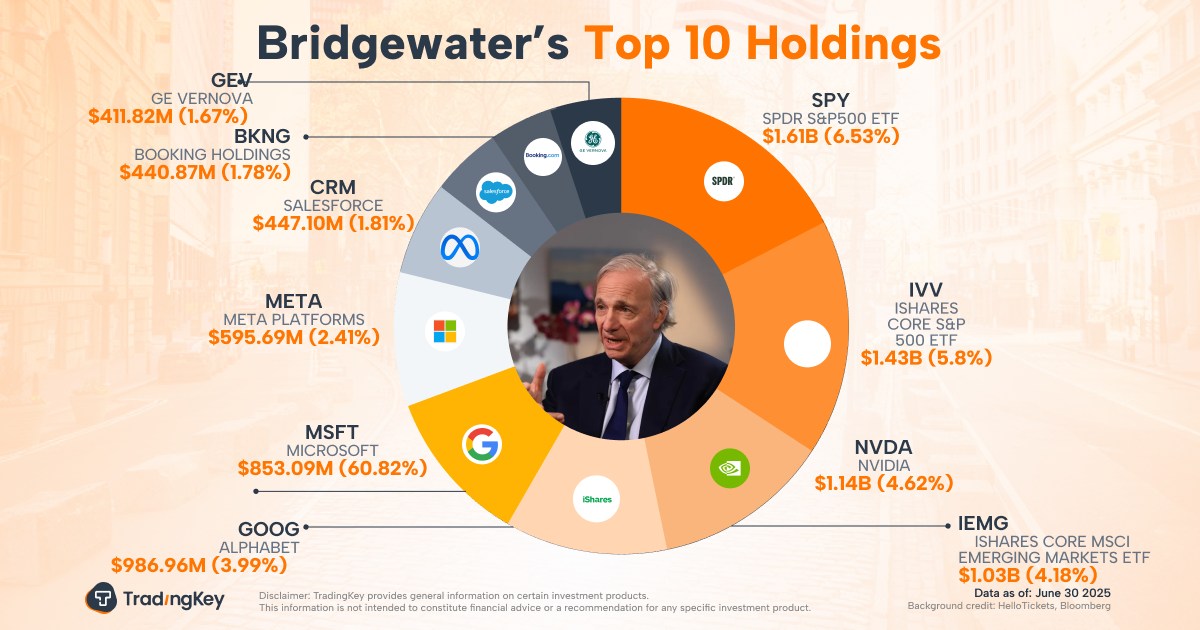BREAKINGVIEWS-Dear retail traders: 'can’t lose’ means can’t win

By Stephen Gandel
NEW YORK, Aug 19 (Reuters Breakingviews) - Everyone loves a casino, except when they lose. As excitable retail traders flood into stocks, cryptocurrencies and more, Wall Street is selling them promises of safe seats at the highest-stakes tables. Unfortunately, “can’t lose” in this case also mostly means “can’t win.”
Investors poured $65 billion into so-called buffer exchange-traded funds over the past five years, according to Morningstar, while BlackRock expects them to reach ten times that size by 2030. The gist is simple: take an underlying investment, like the S&P 500 Index .SPX. Then, wrap it in options that eliminate losses up to a certain threshold, typically 10%. Paying for this requires relinquishing gains, which are usually capped at 15%. So if the market drops 15%, you lose 5%. If it rises 35%, your investment grows only 15%.
These funds gained traction after 2022, when both stocks and bonds fell, rendering diversification less effective. Over time, a standard buffer ETF should return about 90% of the market’s performance, according to fund managers. In theory, that might be a reasonable cost for protecting against drawdowns.
In practice, though, research from hedge fund AQR finds that 80% of buffer ETFs inflict greater-than-claimed maximum losses. Defenders say they work if bought on launch day and held for exactly one year. Yet they trade tick-by-tick, like any stock.
The theory goes further awry in more exotic terrain. Gambling on hyper-risky assets – like crypto or speculative technology firms – without chancing catastrophe would obviously be appealing. Ark Investment, run by tech investor Cathie Wood, plans to launch a buffered version of its Innovation ETF. It aims to halve losses, in exchange for surrendering the first 5% of returns and keeping only 60% of upside from there.
The problem is the cost of protection on something so risky. Based on the Innovation fund's past performance, an investor who put $1,000 into the buffer fund 10 years ago would have missed $380 in gains annually to pay for options, Breakingviews calculates. That would leave a gain of $2,057.51, slightly underperforming the S&P 500 and with little benefit in terms of volatility.
Then there’s the 2x Capped Accelerated TSLA ETF, a buffer wrapped around a twice-leveraged Tesla TSLA.O fund. A $1,000 investment five years ago would have ended up losing $200, Breakingviews calculates, despite Tesla’s stock more than doubling. Themes, the fund’s manager, says it works — but only if held for exactly one month.
The danger is that this keeps pushing into ever-diminishing payoffs for ever-racier ostensible investments. Just imagine if someone wrapped, say, a bitcoin-hoarder stock like Strategy MSTR.O in a leveraged ETF, then wrapped it again in a buffer. Or don’t: one of those launched last week.
Follow Stephen Gandel on LinkedIn and X.
CONTEXT NEWS
Buffer exchange-traded funds have attracted $70 billion in investor assets, up from $5 billion in 2020, according to Morningstar. The typical buffer fund promises to protect investors against the first 10% or 15% of losses on a particular investment, such as the S&P 500, but also caps the gains investors can make in order to pay for this protection.
On August 12, ETF firm Theme launched the first buffer ETFs based on a leveraged bet on the shares of Coinbase, Nvidia, Palantir, Strategy and Tesla. Cathie Wood’s Ark has filed to launch a buffer version of its popular Innovation fund next month.






